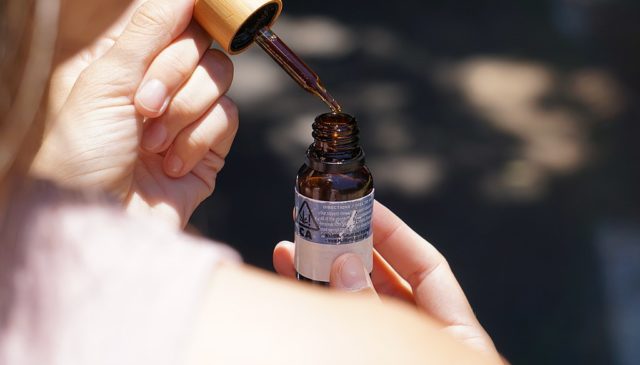
According to the leading sales and marketing agency in the USA, cannabidiol (CBD) is very popular Acosta: “Consumer CBD sales are projected to reach US $ 20 billion by 2024 – more than current annual sales of candy, chewing gum and mints combined.” The success of CBD depends in part on how accessible it is. Because the compound is non-intoxicating, it can be consumed or ingested by those who have no interest in getting high, including sick people and professionals.
In a report entitled The CBD Effect: A Rapidly Emerging Consumer Trend Acosta used industry data to determine exactly who was buying CBD. They found that millennials, men, and college-educated consumers are high on the list of CBD buyers. 56 percent of millennials surveyed use CBD products regularly, compared to 32 percent of Gen Xers and 15 percent of Baby Boomers.
They also found that many people buy CBD for health reasons. This applies to buyers of all ages. A 2018 study published in Cannabis and Cannabinoid Research found the following: “The use of CBD in individuals for both certain health conditions and general health and wellbeing is widespread. CBD is used as a specific therapy for a number of different diseases. especially pain and inflammatory diseases as well as anxiety, depression and sleep disorders. ” (1)
While most research shows that younger generations are more likely to use CBD, the gap between men and women is less clear. Acosta found that men buy more CBD products, while the study by Cannabis and Cannabinoid Research suggests that women are the biggest buyers. A Gallup survey 2019 found that men and women buy CBD at equal rates.
What is clear is that people are becoming more familiar with CBD. As the cannabinoid increases its presence in the retail market, consumer trends may also change.
Image source: Wikipedia
References:
- Corroon, Jamie and Joy A Phillips. “A cross-sectional study of cannabidiol users.” Cannabis and cannabinoid research vol. 3.1 152-161. 1st July 2018
